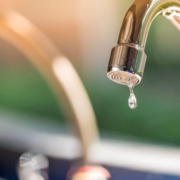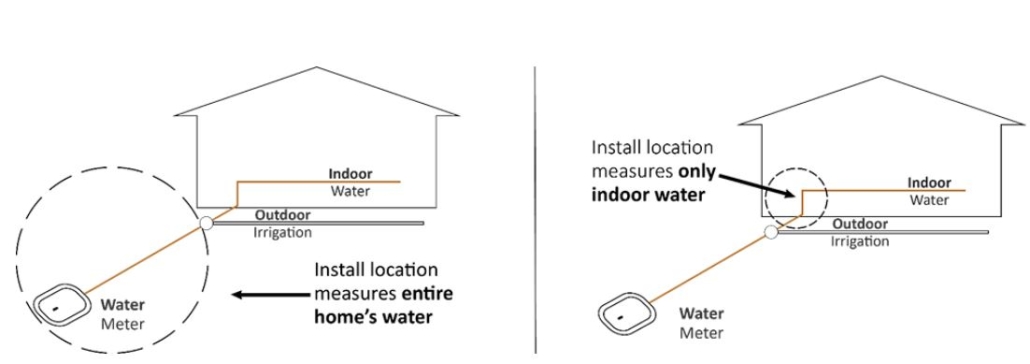California Set To Authorize $1.3 Billion Safe Drinking Water Program
The more than 1 million Californians without access to safe, affordable drinking water may soon see money flowing for water districts to regionalize, consolidate, install treatment, or take other actions to improve water quality. California’s State Water Resources Control Board is set to vote Aug. 20 on authorizing a safe and affordable drinking water program that would provide $1.3 billion over 10 years for those efforts and allow the hiring of 23 employees to help the state fund short- and long-term solutions. Arsenic, lead, nitrates, and other contaminants are present in water systems from the Mexican border to the…




